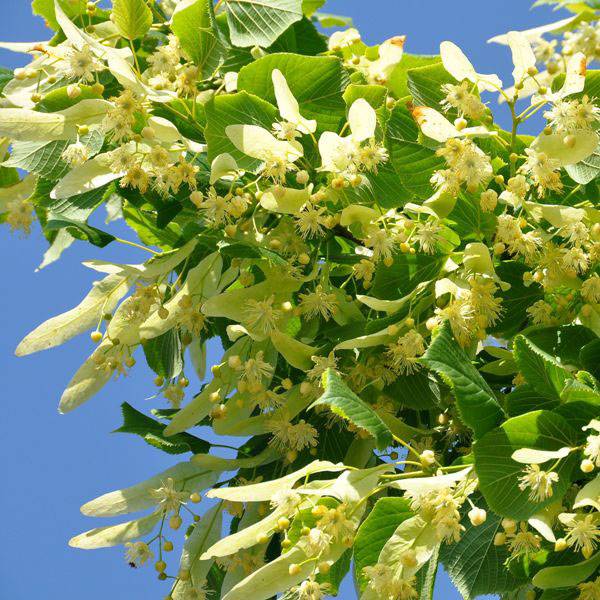Linden Tree

Three species of Linden Tree can be found in the Pyrenees: the large-leafed linden, the small-leafed linden, and the silver linden which is the most rare. In the high valleys of the Pyrenees, the small-leafed linden is the one that is the most commonly found.
Reaching a height of 20 to 25 meters, the heart-shaped leaves are only 5 to 10 cm in diameter. The underside of each leaf reveals clumps of russet bristles at the vein axils. The inflorescence are groups of 5 or more hermaphrodite flowers.
Linden trees grow from the valley floor and climb up the hillsides blooming for more than a month. They’re considered to be an excellent source of nectar. An average-sized Large-leaf Linden has thousands of flowers, and each one can produce up to 6 mg of sweet nectar per day.
Nectar secretion is highest during the night and more concentrated during the day. The honey bees gather nectar until night fall.
Insects leave a large quantity of honeydew (a sweet substance secreted by insects) on the Linden Tree, however honeybees only collect it in humid conditions as it crystallises rapidly on the tree.
The little pollen that the Linden Tree produces looks like tiny greenish-grey pellets.
Our Linden Honey is harvested just a few kilometres from our main shop in Axat as Linden trees are abundant in the area. Beekeepers come from far away to place their hives here.
Back when conditions were better for honeybees, it was possible to harvest 50 kg from a single hive.
Discover the origins of our other honeys:
